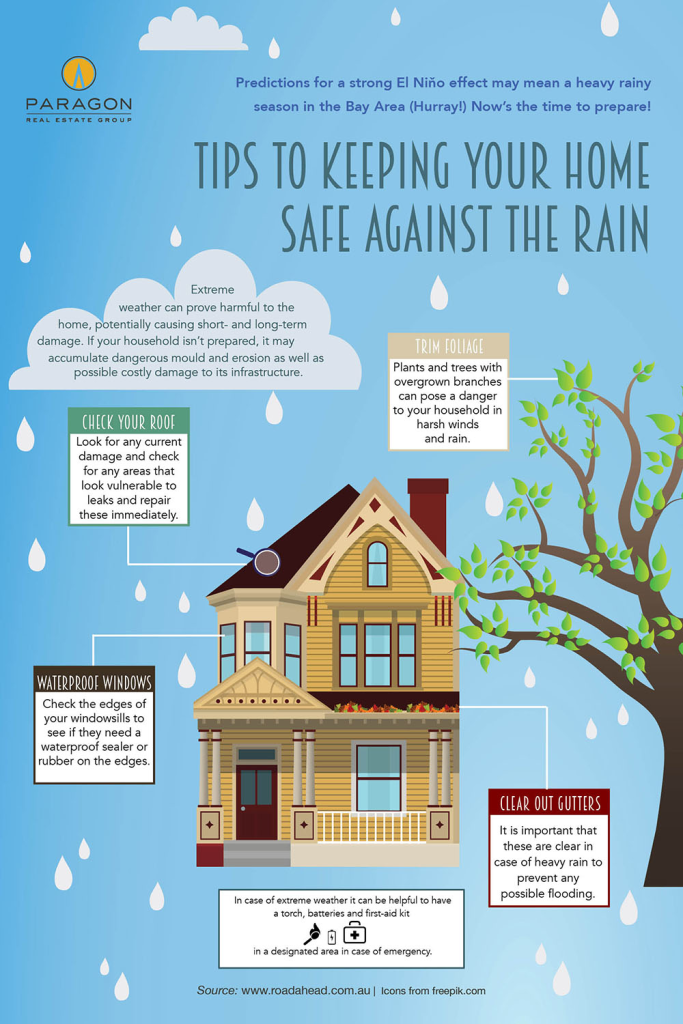Explore How Altering Weather Patterns Can Influence Your Roofing Installation And Protect A Work That Fulfills Your Criteria
Explore How Altering Weather Patterns Can Influence Your Roofing Installation And Protect A Work That Fulfills Your Criteria
Blog Article
Developed By-Vick Timm
When it involves roof installations, the weather can make or damage the job. Think of the aggravation of taking care of products that won't comply because of extreme warm or battling slippery surface areas caused by unforeseen rainfall. Understanding roofer san antonio of climate condition on your roof covering project is vital for a successful outcome. So, allow's check out how various weather elements can influence the quality and toughness of your roof covering setup, guaranteeing a job well done.
Influence of Temperature on Roofing Setup
When it comes to roofing installation, temperature level plays an essential duty while doing so. The perfect temperature level for roof jobs usually falls in between 45 and 85 levels Fahrenheit. https://clear-roofing-panels83827.blogadvize.com/37079577/an-amateur-s-manual-on-roofing-system-types-acquiring-understanding-into-gable-hip-apartment-and-mansard-roofing-configurations can cause materials like tiles to become too pliable, resulting in prospective damage during installment. On the other hand, chilly temperature levels can make products breakable and susceptible to fracturing. It is essential to schedule roofing system setups during modest temperature levels to guarantee the most effective end result.
Throughout chillier climate, contractors may require to take extra preventative measures such as using heated equipment or allowing products to warm up before installment.
In contrast, heat may require work to be done previously or later in the day to prevent the peak temperatures. By considering the temperature level and its effects on roof covering materials, you can assist guarantee an effective installment that will certainly withstand the elements for several years to come.
Impact of Rainfall on Roof Covering Projects
Roof jobs can be dramatically affected by precipitation, influencing both the timeline and the high quality of the installation. Rain or snow can create unsafe conditions, making it hazardous for roofers to work with a wet surface. In addition, dampness can endanger the attachment of materials like roof shingles or underlayment, leading to prospective leakages or damages in the future.
If it rains during a roof covering job, the water can permeate into at risk locations, triggering delays as the installation staff need to wait for the roof to dry prior to continuing. Excessive dampness can likewise advertise the growth of mold and mildew and mildew, further threatening the integrity of the roofing system.
To prevent these concerns, it's advised to schedule roof projects throughout drier periods or keep track of the weather forecast carefully to plan about any type of prospective rainstorms. By taking vinyl siding san antonio tx to work in desirable climate condition, you can make certain a smoother and much more successful roofing installment process.
Impact of Wind Speed on Installation Success
Throughout roof covering installation, the speed of the wind plays an important role in identifying the success of the project. High wind speeds can posture significant obstacles to roofing contractors, possibly leading to safety threats and top quality issues. When wind rates go beyond suggested limits, it ends up being difficult to manage materials, boosting the threat of accidents and damages to the roofing materials. Strong gusts can also impact the accuracy of measurements and the accuracy needed for correct installation.
To make sure an effective roof covering installation, it's necessary to monitor and take into consideration wind speeds. Preferably, roof covering setup ought to occur on days with reduced to modest wind rates. This not just enhances the safety and security of the workers but additionally improves the total quality of the setup.
Roof jobs scheduled during tranquil weather are more likely to be finished successfully and with fewer mistakes. By taking note of wind speed forecasts and planning accordingly, you can help make sure a smooth and effective roofing installation procedure.
Conclusion
So, when it involves roofing system installation, keep in mind to take into consideration the weather conditions to make sure a successful work. Ideal temperatures, dry conditions, and modest wind speeds are crucial variables to focus on for a smooth setup process. By arranging your task throughout the best periods and perfect climate condition, you can attain a sturdy and resilient roofing system that will safeguard your home for several years to find.
